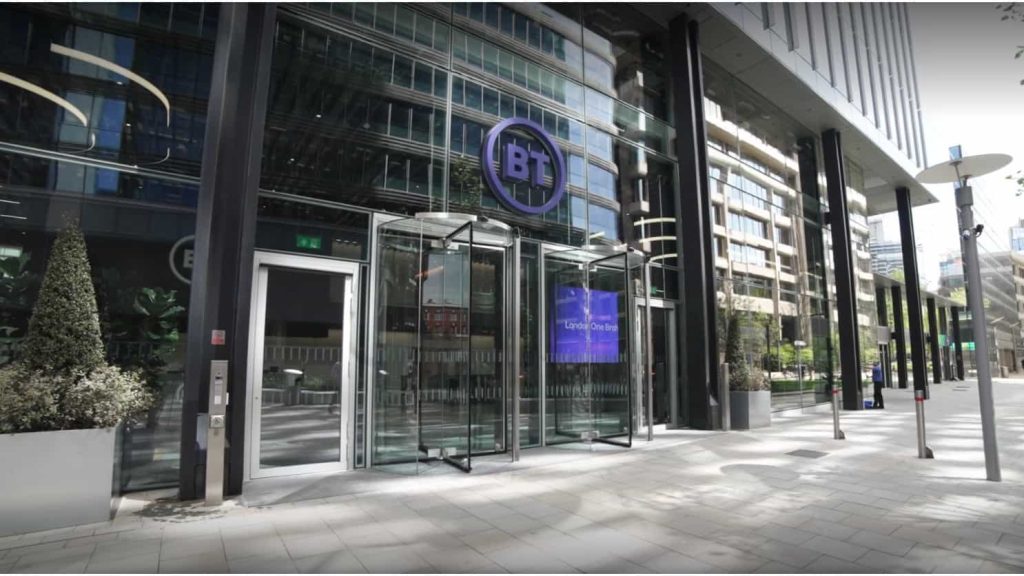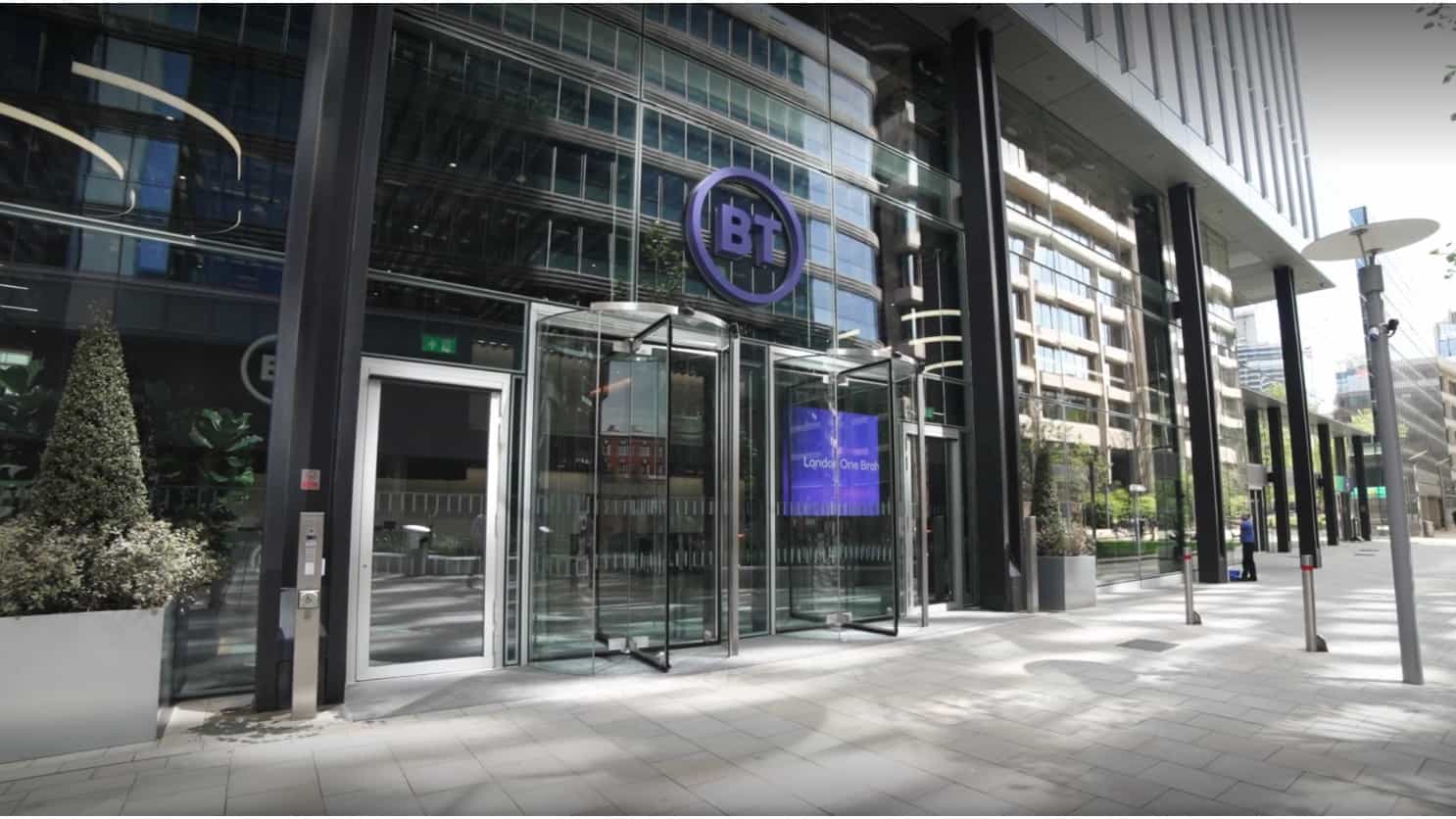Here’s the dividend forecast for BT shares through to 2028!


BT (LSE:BT.A) shares have risen by more than quarter in the year to date. Yet despite these gains, the FTSE 100 share still offers dividend yields ahead of the broader UK blue-chip share index.
This reflects City expectations that dividends will keep rising over the short-to-medium term. Should investors consider buying the telecoms giant for passive income today?
Dividend growth
| Financial year to March⦠| Dividend per share | Dividend growth | Dividend yield |
|---|---|---|---|
| 2026 | 8.29p | 1.6% | 4.6% |
| 2027 | 8.67p | 4.6% | 4.8% |
| 2028 | 8.97p | 3.5% | 4.9% |
As I mentioned, dividend yields for BT shares comfortably beat the Footsie‘s long-term yield of 3%-4%. You’ll also notice from the table that annual dividend growth is expected to ramp up in 2027 and 2028 from this financial year’s expected levels.
Dividend forecasts are underpinned by predictions of sustained earnings growth over the period. They’re also reinforced by BT’s efforts to cut costs and transition customers onto fibre broadband and 5G packages, giving a healthy cash flow boost.
Dividend cover
But, of course, estimates such as these can never be guaranteed. So it’s worth us considering how robust these predictions are based on the company’s expected profits and the health of its balance sheet.
First let’s look at dividend coverage. This determines how well predicted earnings are covered by the earnings brokers have tipped.
A reading of two times and above provides a wide cushion of safety, but BT falls short of this security benchmark. Coverage is 1.7 times for this year, and 1.8 times for the following two.
This is deeply concerning given BT’s long-running struggle to grow sales. Revenues dropped 3% in the April-June quarter, latest financials showed, as tough economic conditions persisted and competitive pressures intensified.
Both factors could remain in play through to 2028. On the plus side, the company’s forecast-topping cost-cutting programme should help support earnings.
Balance sheet
Yet, dividend cover isn’t the be-all-and-end-all when it comes to assessing a stock’s dividend prospects. It’s also worth paying close attention to the balance sheet.
The bad news for investors is things don’t look any better on this front.
Net debt at BT remains colossal, at £19.8bn as of March. Lower capital expenditure for fibre broadband rollout and streamlining efforts could help bring that down. But telecoms is a notoriously capital-intensive industry, and with the firm also has a large pension deficit to deal with. In short, the company’s financial foundations look far from robust.
The verdict
Given all this, the possibility that the telecoms giant could miss dividend forecasts merits serious thought from potential investors. Whether one is considering BT shares from a growth or a passive income perspective, I believe the risks of investing here outweigh the potential rewards.
For this reason, I think stock investors should consider buying other shares for passive income.
The post Here’s the dividend forecast for BT shares through to 2028! appeared first on The Motley Fool UK.
Should you invest £1,000 in BT Group right now?
When investing expert Mark Rogers has a stock tip, it can pay to listen. After all, the flagship Motley Fool Share Advisor newsletter he has run for nearly a decade has provided thousands of paying members with top stock recommendations from the UK and US markets.
And right now, Mark thinks there are 6 standout stocks that investors should consider buying. Want to see if BT Group made the list?
More reading
- BTâs share price is tipped to rise 11% over the next year! Can it?
- Could the BT share price take off?
- Forecast: in 2026, the BT share price could turn £20,000 into…
- Trading just under £2 now, BTâs share price looks a bargain to me anywhere below £6.13
- When will the BT share price hit £3 again?
Royston Wild has no position in any of the shares mentioned. The Motley Fool UK has no position in any of the shares mentioned. Views expressed on the companies mentioned in this article are those of the writer and therefore may differ from the official recommendations we make in our subscription services such as Share Advisor, Hidden Winners and Pro. Here at The Motley Fool we believe that considering a diverse range of insights makes us better investors.





